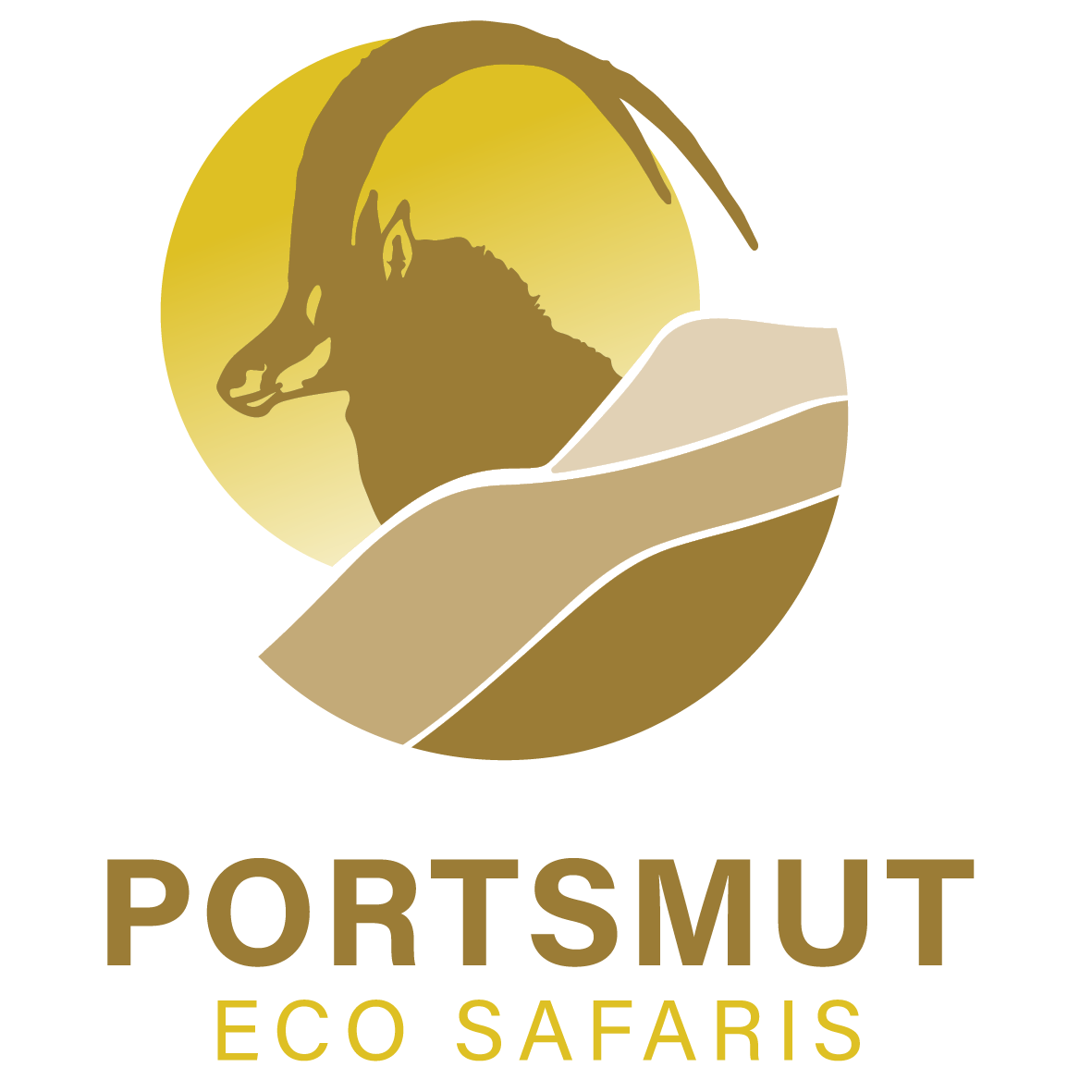Bred for the Hunt
PORTSMUT, where wild dreams come true
Are you a hunter? Do you love the outdoors? Have you hunted in Namibia yet?
The wildlife and trophy hunting industry has grown rapidly over the past 20 years as the economic value of wild animals keeps increasing worldwide. Historically, wildlife was protected in large reserves and the culling process was left to natural selection. However, as wildlife farming gained popularity in Southern Africa, game herds were moved into more isolated fenced areas, making it possible to breed with various wildlife species, and select for specific traits.
With international hunting enthusiasts flocking to Namibia from all over the world, trophy hunting’s contribution to the Namibian economy has grown by leaps and bounds. Hunters aspire to cull large trophies and therefore it is common practice for game farmers to breed large bulls, with exceptional horn lengths, thereby selecting those genetic traits which will be carried on to their offspring.
Kalahari Game breeders, at Kweekwal Wes in the Aroab district in the deep south of Namibia, is a great example of such a program. It has been running since 2016, with Dr. Jean van Rooyen and Johan Kotze standing head and shoulders above the rest of the breeders with the success of their program.
A specific incident gave life to genetic breeding at Kalahari Game. An Oryx bull arrived on the farm with its horns covered. When these horns were exposed, the astonishment of its owners made them cry out the word ‘Bliksem’ in response.
This common word in the Afrikaans language is generally used in instances of awe, amazement or even shock. Dr. Jean van Rooyen commented: “We selected a herd of 31 cows and heifers, all with a horn size of not less than 40 inches in measurement, to compliment the 46.5 inch size of ‘Bliksem’ to start this breeding program.” A devastating two-year drought threatened the breeding program’s success, but it persevered, with the 24 offspring of ‘Bliksem’ set to soon be transported to their new homes. H.O. Reuter, a 25-year wildlife veterinarian, was equally amazed at the offspring produced by this bull: “I have darted two exceptionally large three-year-old oryx bulls with horns over 43 inches long, which both were sired by a specific breed bull ‘Bliksem’, kept with exceptionally long-horned oryx females in a breeding camp.” The overall success of this breeding program at Kalahari Game breeders ensures that the ‘Bliksem’ genetics will benefit the new owners in their own breeding programs.
It is common in nature for some animals to have different hide colours from their usual species’ appearance. These range from unwanted traits such as albinism, a harmful genetic disorder where pigment melanin is not produced, to preferred colour traits such as the colour variants found in black impala, golden oryx and golden wildebeest. Genetic colour variations in these animals can be very difficult to determine as it involves various contributing factors such as environmental influences, interaction between specific genes, supplementation, imbalances etc.
At a game auction in 2013, Namibian business personality, Dr Quinton van Rooyen bought a young sable bull with exceptional horn length and size for his age. Together with some females from this herd, he placed the game into a breeding camp at Portsmut Farm.
He gave further context to this exceptionally unusual breed: “This bull had a golden coppery appearance, instead of the typical black coat of a sable bull. Over the past few years there has been increasing numbers of similarly golden-coloured calves born in this herd and they all keep this colour trait as they mature.’’ The colour seems to be carried over genetically, but at this stage it is not clear whether a recessive gene or a combination of genes carries this. Some of the colour variants are quite common and were bred in significant numbers throughout Southern Africa, however the golden sable is a unique and rare variant.
According to Dr. H.O. Reuter: “The only golden sables I know of in Namibia are in this herd at Portsmut. There do seem to be a few golden sables in some herds in South Africa too.’’ These magnificent animals can roam freely amongst a wide variety of wild animals on the farm. Portsmut Hunting Safaris offers very exclusive hunting tours for only a limited number of hunters each year, to ensure that hunters are able to find mature and high-quality animals. The mountainous and lush veld surrounding the farmhouse creates a raw ambience for hunting adventure.
In the wake of the Covid-19 state of emergency, the devastating economic impact on the tourism sector throughout the country will be felt for a long time to come.
With Namibian borders re-opening to the world, the trophy hunting industry in Namibia is eager to see international tourists arrive back in the country. They’ll be in for a very unique experience, with exceptional breeds such as ‘Bliksem’ and the Van Rooyen’s golden sables leading the hunting pack.




